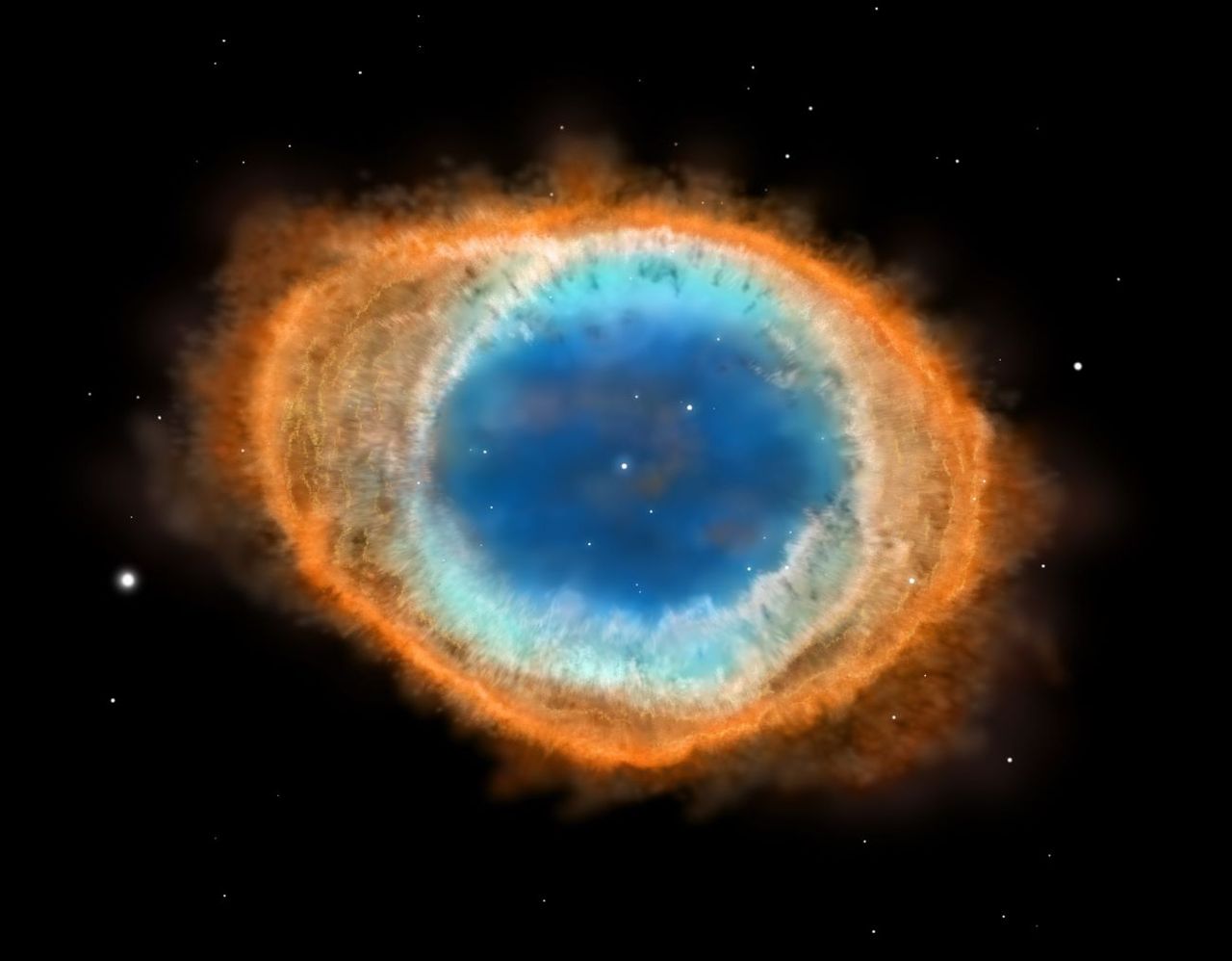Wonderful image of the Ring Nebula M57. Margherita Erriu Meteored Italy 16/08/2023 19:00 4 min
For scientists, his name is M57but many know her as the ring nebula, due to its characteristic shape. Over the years it has been photographed countless times due to its convenient location in Lyra constellationto on from vega starvisible from the northern hemisphere all summer, with its ring pointing directly at us.
is at about 2600 light years away from Earth and is a planetary nebula that, despite its misleading name, is nothing more than what remains of a dying star.
Orion Nebula: NASA releases the sharpest images!
What are planetary nebulae?
Planetary nebulae form when small or medium-sized stars (like our Sun) deplete their hydrogen reserves in the core. At that time, the outer layers from the star expand until you become one red giant. The internal temperature increases in such a way that the outer layers can also be ejected with violent pulsationsfor what they are emission nebulae consisting of an expanding envelope of ionized gas incandescent.
Cassiopeia A’s inner nebula may be “imploding” after collision
The name not very suitable to their true nature was given them in 1780 by the astronomer William Herschelwhich in the first observation confused them with planetary systems. Despite the misunderstanding since then, the scientific community continued to call them planetary nebulae, even though they had nothing to do with planets. They may indeed contain stars but not planets. visible and constitute a short phase in the life of a star.
They play a fundamental role in the chemical evolution of galaxiesas this is how a dying star returns some of its material to the interstellar mediumwhich is why it is so important to study them.
More details about the Ring Nebula
Our Ring Nebula was discovered in January 1779 by Antoine Darquier de Pellepoix and since then many have been able to admire it even with small telescopes.
Earth likely formed inside a solar nebula
Your last image has been published a few days ago and is actually a composite image obtained by combining three photographs taken last year with three different NIRCam filters (Near Infrared Camera), an infrared camera installed in the James Webb Space Telescope.
The resolution of this image is very high, it is rich in details that not only make it dazzling from the aesthetic point of viewbut also make it very useful to increase the scientific information about these mysterious objects.
in fact, well not center of the nebula, it is clearly visible the star that gave rise to itwhich, despite having started its cooling phase to become a white dwarf, is still one temperature greater than 100,000 degrees.
Astronomers investigate a never-before-seen way a star is destroyed
Around the central area there is a big purple ring formed by molecular hydrogen aggregations, cooler and denser than the rest of the nebula, made up of tens of thousands of small clumps, which at this moment astronomers counted in about 20,000.
It’s thanks to this multiplicity of details which is expected to reach a deeper understanding of the life cycles of stars and his legacy released to the interstellar medium at the end of their lives.
2023-08-16 18:00:00
#Stunning #images #Ring #Nebula

